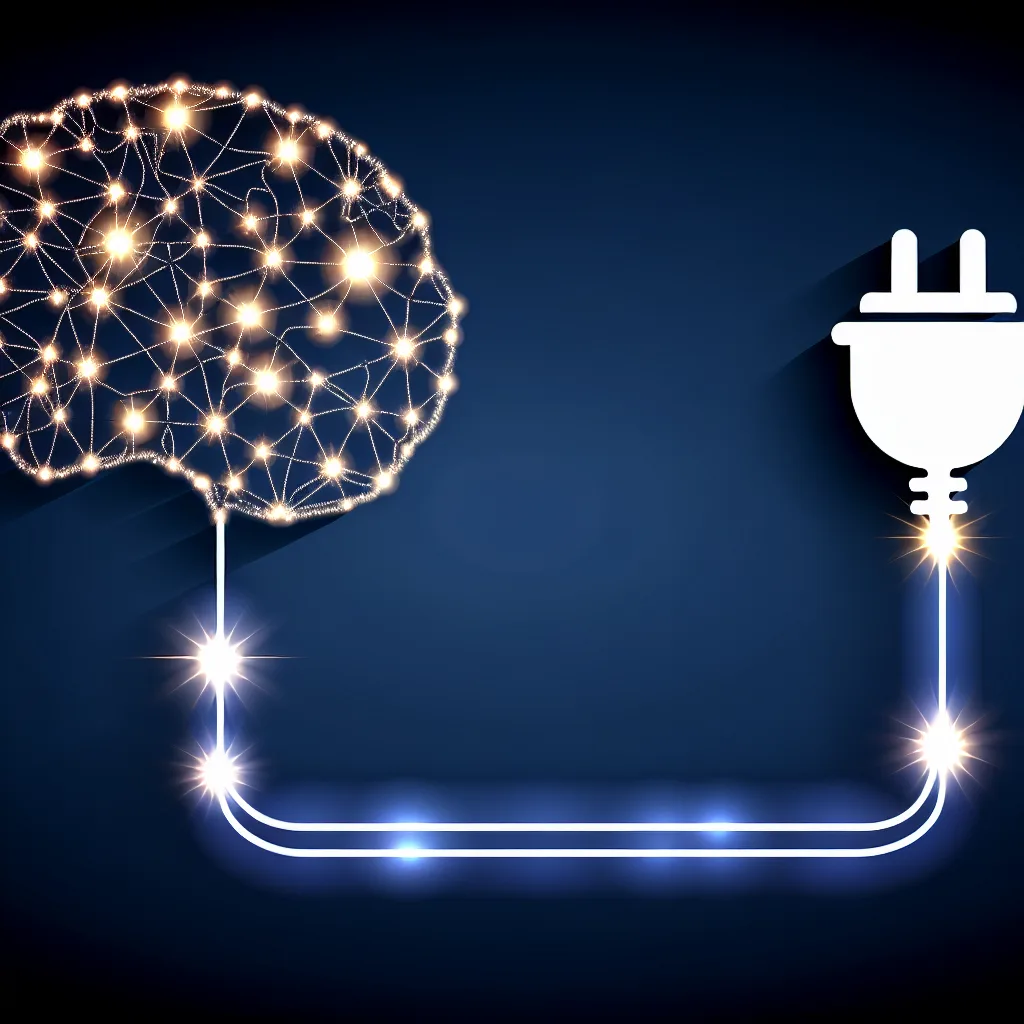Google just revealed the real cost of an AI prompt, and it’s a perfect example of how small things add up to a massive AI energy consumption footprint.
I use AI pretty much all day, every day. I ask it for ideas, to summarize articles, to write code snippets—you name it. But I never really stopped to think about the physical cost of it all. What does it actually take to power that simple question and get a response? It always felt kind of… free.
Well, it turns out it’s not. Google recently pulled back the curtain on the AI energy consumption of its Gemini model, and the number is fascinating. For a typical prompt, it uses about 0.24 watt-hours (Wh). At first glance, that feels like nothing. It’s about the same amount of energy your microwave uses in one second. So, who cares, right? But that’s where the story gets interesting. When you multiply that tiny number by the billions of interactions happening every single day, the scale of AI’s energy footprint starts to become surprisingly clear.
So, What is a Watt-Hour Anyway?
Let’s quickly break that down without getting too technical. A watt-hour is simply a way to measure energy. If you have a device that uses one watt of power and you run it for one hour, you’ve used one watt-hour.
To put that 0.24 Wh into perspective:
* Charging your phone: A typical smartphone battery holds around 15-20 Wh. So, one AI prompt is a tiny fraction of a phone charge.
* A standard LED bulb: A 10-watt LED bulb running for an hour uses 10 Wh.
A single prompt is a drop in the bucket. The problem is, we’re dealing with an ocean of drops. While Google hasn’t released official numbers, estimates suggest its services handle billions of queries daily. If even a fraction of those are AI-powered, we’re talking about a massive, constant energy draw from data centers around the world.
The Bigger Picture: Why AI Energy Consumption Matters
This isn’t about feeling guilty for asking an AI to write a poem about your cat. The real conversation is about the infrastructure behind it. These AI models run on thousands of powerful, specialized computer chips housed in massive data centers. And those data centers are thirsty for electricity.
According to the International Energy Agency (IEA), data centers already account for roughly 1-1.5% of the world’s total electricity use. With the explosion of AI, that number is expected to climb, and fast. This raises critical questions about sustainability:
* Where is this electricity coming from? Is it from renewable sources or fossil fuels?
* How efficiently can we make the hardware that powers AI?
* As AI becomes integrated into everything, what will the total energy demand look like in five or ten years?
Google’s transparency is a great first step. By putting a number on it, they’ve given us a starting point to have a more informed conversation about the true cost of this technology.
Putting AI Energy Consumption in Perspective
To be fair, AI isn’t the only digital activity that consumes energy. How does it stack up against something we do all the time, like a simple Google search?
A traditional Google search is incredibly efficient, estimated to use around 0.03 Wh. This means a single generative AI prompt can use about 8 times more energy than a standard search. That’s a significant jump. You’re asking the system to do a lot more work—to generate something new, not just retrieve existing information.
It’s a trade-off. We get a much more powerful and capable tool, but it comes at a higher energy cost per query. As this technology continues to weave itself into our daily lives, from our search engines to our smart assistants, that cost will only become more significant. For more details on the initial announcement, you can check out the report from EnergySage.
Knowing this doesn’t mean we should stop using AI. But it does change the way I think about it. It’s not an abstract, cloud-based magic trick. It’s a powerful tool, grounded in physical hardware that requires real-world resources. And being aware of that is the first step toward building and using it more responsibly.
